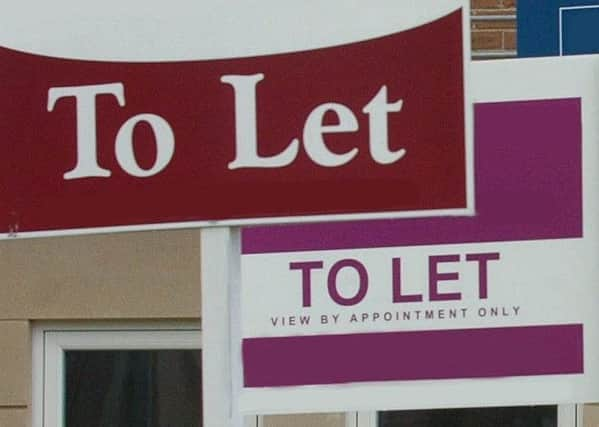Investors urged to ‘look north’ for lettings potential


At the height of the property boom, landlords from across the country piled their money into Northern terrace houses and flats.
Now, after a five-year hiatus caused by the credit crunch and falling prices, buy-to-let is back.
Advertisement
Hide AdAdvertisement
Hide AdThose looking for rental properties, include savers disillusioned with low interest rates and people searching for an investment to fund their retirement.
Buy-to-let loans, scrapped in the recession, are funding their ambition and this combination of cash and demand has sparked a clarion call for Southern investors to “look north”.
Property investment specialist Assetz says rising prices and a lack of supply has made London and the South East less affordable and less lucrative. So it is advising buyers to look to “economically sound” suburbs clustered round thriving cities in Yorkshire and the North West, where homes are cheaper and rental yields are higher. Assetz’s latest report reveals that the typical gross rental yield in London is four to six per cent, while up North it is seven to 10 per cent.
Assetz CEO Stuart Law said: “Property investment has become mainstream again in the last year and, with interest rates so low, people cannot see a downside to buy-to-let. However, we are now at a critical point where property prices will start to rise faster than rents; this will happen first in Greater London, which has seen tremendous price increases in recent months.
Advertisement
Hide AdAdvertisement
Hide Ad“Investors who are keen to not miss out on property price growth and stunning yields, currently achievable in the rest of the country, ought to invest there now.
“In the current climate, by investing in the North, it is difficult to lose out. Property prices are yet to experience the headline-inducing giddy heights of London and the South East, but it is important to focus investment on the in-demand city centre and suburbs clustered around cities like Manchester, Leeds, Birmingham and Liverpool where employment is high.
“The potentially lucrative yields of the North are now starting to enter many landlords’ consciousness. The savviest investors will start to look away from London and head north to really make their money work.”
The advice has sparked fears of another buy-to-let boom, which could see first-time buyers competing with cash- rich investors and a rise in unscrupulous property clubs that promise a fast buck for would-be landlords.
Advertisement
Hide AdAdvertisement
Hide AdWill Linley, of Yorkshire letting agency Linley and Simpson, believes a boom is a long way off, and he welcomes new landlords.
“We have a lack of supply. Our branches have an average of 12 applicants for every one property. The housing market crash of 2008 affected confidence so badly that people who could’ve bought to let did not.
“Over the last few months, we have seen more amateur investors coming to the market and they tend to be 50-plus cash buyers, which is great.
“We hope there will be a gradual uplift in confidence in the property market and that more investors will come back. We also hope that they won’t focus solely on the capital growth you get from rising prices. We want them to look for sensible rental yields and invest for the long term.”
Advertisement
Hide AdAdvertisement
Hide AdGraham Bates, chief executive of Eddisons Residential, agrees and adds that Southerners have long looked to the North for a bargain, though he has a stark warning.
“If you are interested in rental yield it makes sense to buy here but it’s vitally important that people don’t get carried away with rock bottom prices. If you buy a cheap, poor-quality property in a poor area it could be fraught with problems. You’ll have high maintenance and other issues. Even if it was on your doorstep it would be a problem, never mind if you are in London.”
Mr Bates, a seasoned investor himself, stressed that remote landlords need to look at a property before they buy.
“Income from the rental yield is important but so is the quality of the asset. The number one mistake is buying a property without looking at it.”
Advertisement
Hide AdAdvertisement
Hide AdHe added that would-be landlords should investigate rental potential and make sure they have substantial deposits if they need a mortgage.
“Another mistake in the boom is that people were getting buy-to-let mortgages with a 15 per cent deposit and that’s not enough. I think you need a minimum of 40 per cent, especially if you are a novice. That gives you a cushion for voids and repairs. People should also know that property is not an armchair investment. You have to keep your finger on the pulse.”
If you follow these rules, Mr Bates believes you can look forward to a good return.
Although some of those forced to rent will now buy, the buoyant lettings market is here to stay.
Advertisement
Hide AdAdvertisement
Hide Ad“There are still affordability issues for first-time buyers,” he said. “Plus more people are getting divorced and we have a growing population. The fundamentals are there. Renting is here to stay.”
Follow Sharon Dale on Twitter @PropertyWords